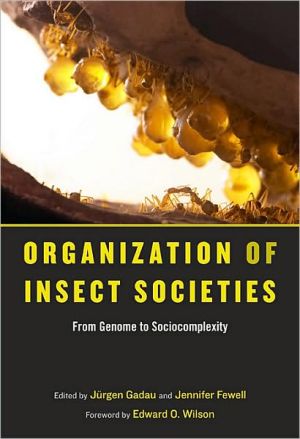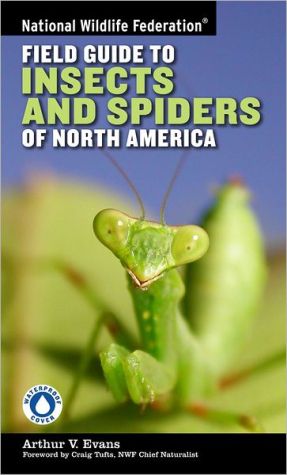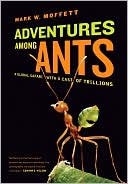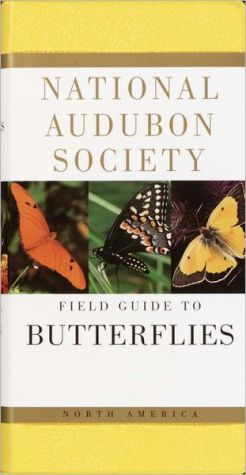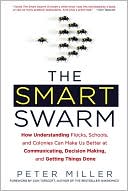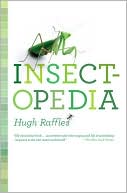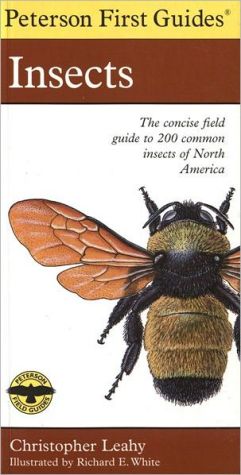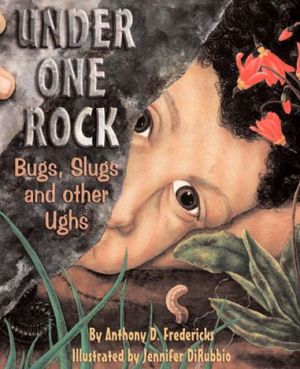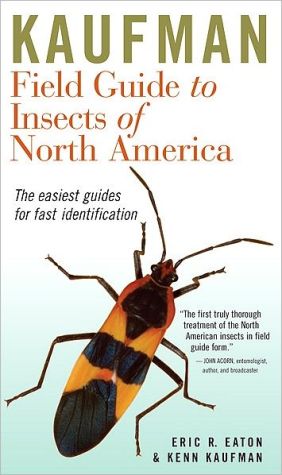Organization of Insect Societies: From Genome to Sociocomplexity
In this landmark volume, an international group of scientists has synthesized their collective expertise and insight into a newly unified vision of insect societies and what they can reveal about how sociality has arisen as an evolutionary strategy.\ Jürgen Gadau and Jennifer Fewell have assembled leading researchers from the fields of molecular biology, evolutionary genetics, neurophysiology, behavioral ecology, and evolutionary theory to reexamine the question of sociality in insects....
Search in google:
In this landmark volume, an international group of scientists has synthesized their collective expertise and insight into a newly unified vision of insect societies and what they can reveal about how sociality has arisen as an evolutionary strategy.Jürgen Gadau and Jennifer Fewell have assembled leading researchers from the fields of molecular biology, evolutionary genetics, neurophysiology, behavioral ecology, and evolutionary theory to reexamine the question of sociality in insects. Recent advances in social complexity theory and the sequencing of the honeybee genome ensure that this book will be valued by anyone working on sociality in insects. At the same time, the theoretical ideas presented will be of broad-ranging significance to those interested in social evolution and complex systems. J. M. Gonzalez - Choice The book's 26 chapters, written by leading scientists in various fields, present the latest conceptual trends in insect sociobiology...They clearly illustrate the advances concerning the nature and evolutionary origin of transitions across levels of organization which are relevant to the discipline, and reexamine the issue of the origin of sociality in various insect groups. The concepts and insights explored make this volume invaluable to anyone working/interested in the study of sociality in insects.
Foreword by E. O. Wilson Acknowledgments I. Transitions in Social Evolution Introduction by Jürgen Gadau The Evolution of Social Insect Mating Systems Jacobus J. Boomsma, Daniel J. C. Kronauer, and Jes S. Pedersen The Evolution of Queen Numbers in Ants: From One to Many and Back Jürgen Heinze and Susanne Foitzik Aging of Social Insects Olav Rueppell The Ecological Setting of Social Evolution: The Demography of Ant Populations Blaine J. Cole Control of Termite Caste Differentiation Colin S. Brent Termites: An Alternative Road to Eusociality and the Importance of Group Benefits in Social Insects Judith Korb The Evolution of Communal Behavior in Bees and Wasps: An Alternative to Eusociality William T. Wcislo and Simon M. Tierney II. Communication Introduction by Tomas D. Seeley Cue Diversity and Social Recognition Michael D. Breed and Robert Buchwald Adaptations in the Olfactory System of Social Hymenoptera Christoph J. Kleineidam and Wolfgang Rössler Fertility Signaling as a General Mechanism of Regulating Reproductive Division of Labor in Ants Christian Peeters and Jürgen Liebig Vibrational Signals in Social Wasps: A Role in Caste Determination? Robert L. Jeanne Convergent Evolution of Food Recruitment Mechanism in Bees and Wasps James C. Nieh The Organization of Social Foraging in Ants: Energetics and Communication Flavio Roces III. Neurogenetic Basis of Social Behavior Introduction by Robert E. Page Jr. Behavioral Genetics in Social Insects Greg J. Hunt and Jürgen Gadau Sensory Thresholds, Learning, and the Division of Foraging Labor in the Honeybee Ricarda Scheiner and Joachim Erber Social Life from Solitary Regulatory Networks: A Paradigm for Insect Sociality Robert E. Page Jr., Timothy A. Linksvayer, and Gro V. Amdam Social Brains and Behavior, Past and Present Wulfila Gronenberg and Andre J. Riveros Plasticity in the Circadian Clock and the Temporal Organization of Insect Societies Guy Bloch IV. Theoretical Perspectives on Social Organization Introduction by Jennifer Fewell The Dawn of a Golden Age in Mathematical Insect Sociobiology Nigel R. Franks, Anna Dornhaus, James A.ºR. Marshall, and Francois-Xavier Dechaume Moncharmont Positive Feedback, Convergent Collective Patterns, and Social Transitions in Arthropods Raphaël Jeanson and Jean-Louis Deneubourg Division of Labor in the Context of Complexity Jennifer Fewell, Shana K. Schmidt, and Thomas Taylor Insect Societies as Models for Collective Decision-Making Stephen Pratt From Social Behavior to Molecules: Models and Modules in the Middle Gene E. Robinson and Andrew B. Barron Social Insects as Models in Epidemiology: Establishing the Foundation for an Interdisciplinary Approach to Disease and Sociality Nina H. Fefferman and James F.ºA. Traniello Social Insects and the Individuality Thesis: Cohesion and the Colony as a Selectable Individual Andrew Hamilton, Nathan R. Smith, and Matthew H. Haber Social Insects, Evo-Devo, and the Novelty Problem: The Advantage of “Natural Experiments” Sensu Boveri Jürgen Gadau and Manfred Laubichler Index
\ ChoiceThe book's 26 chapters, written by leading scientists in various fields, present the latest conceptual trends in insect sociobiology...They clearly illustrate the advances concerning the nature and evolutionary origin of transitions across levels of organization which are relevant to the discipline, and reexamine the issue of the origin of sociality in various insect groups. The concepts and insights explored make this volume invaluable to anyone working/interested in the study of sociality in insects.\ — J. M. Gonzalez\ \ \
